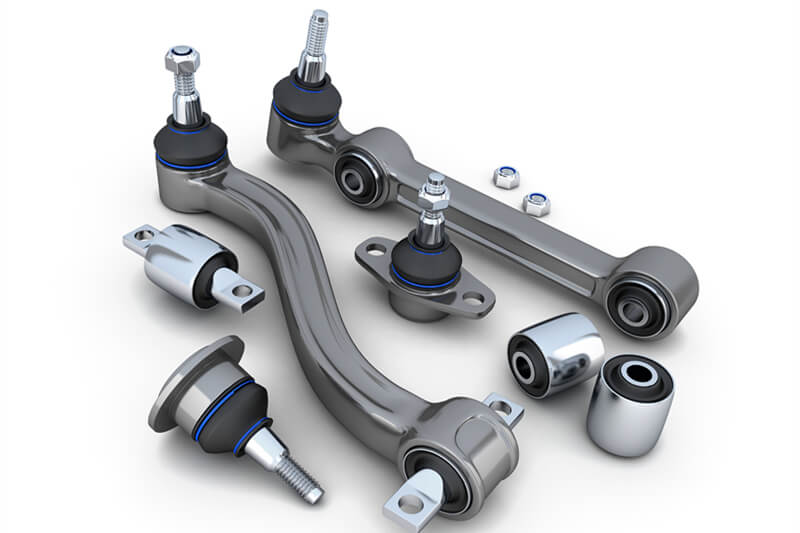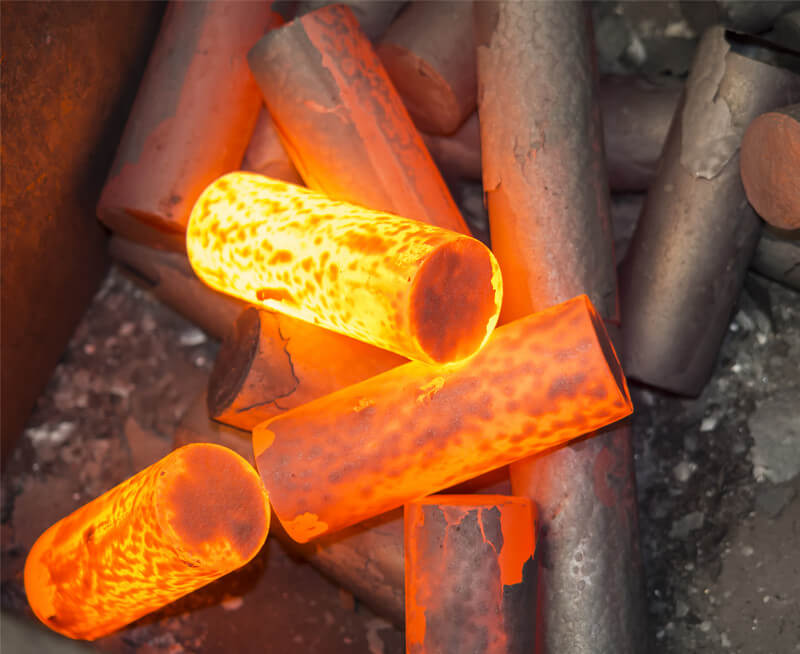
Turbine Blades Forging: Forging And Processing Methods Of Blades
March 29, 2021
Automotive Parts Manufacturing Process – Forging
June 27, 2021A3 steel and Q235 (A, B, C, D) steel
The A3 steel is from GB 700-79 and is now obsolete. Starting with GB 700-88, the A3 is classified as Q235, equivalent to Q235A. Although it has a long history, the A3 this name is still strong vitality, many people are also used to use. Called a mouthful should be the biggest reason. A3 (two tones), Q235A (five tones), feel it.
The Q235 is carbon-structured steel with the latest standard GB/T 700-2006. According to the quality grade, Q235 is divided into four levels – A, B, C, D. As the level increases, the phosphorus sulfur content is more stringent, and the carbon content is slightly reduced. In terms of mechanics, the four levels of tensile strength, yield strength, and elongation requirements are consistent.
B-level began to increase room temperature impact work. C-level guarantee 0 degrees C impact work. D-level guarantee -20 degrees C shock work, and the lowest value is 27J. That’s how these levels of carbonated steel differentiate from each other.
The Q235 is steel with yield strength at the 235MPa level. Although the yield strength is not high, its comprehensive performance is better; strength, plasticity, toughness, and welding performance are better matched. The application in use is also very wide.
Q235 Main uses:
(1) A large number of applications are in construction and engineering structures. It is also widely used for mechanical parts with low-performance requirements. C and D-grade steel can also be used for some professional steel.
(2) Can be used for various mold handles and other unimportant mold parts. But this will be determined by a number of factors, including the material to be formed.
(3) The use of Q235 steel as a punch material. After quenching, it does not temper with the material, and thus it can be used directly. With a hardness of 36 to 40 HRC, it is hard enough to solve the problem of punch breaking or cracking in action.
Table: Standard of Q235





